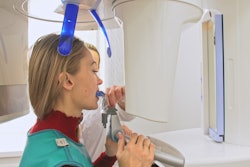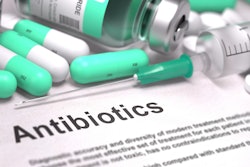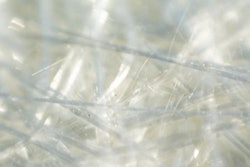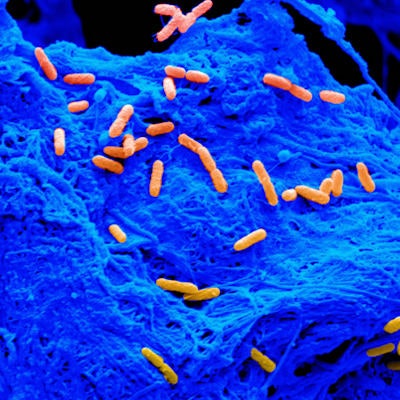
Soaking collagen scaffolds in manuka honey could increase their ability to produce minerals and promote osteogenesis, yet the scaffolds offer little resistance to bacterial infection, according to researchers.
A group led by Brendan Harley, PhD, of the University of Illinois Urbana-Champaign used collagen scaffolds to study whether manuka honey can be incorporated to inhibit the growth of Pseudomonas aeruginosa and Staphylococcus aureus, two bacteria that commonly infect bone wounds of the face and skull.
"There is a growing need to model and prevent infection in bioresorbable implants such as ECM-derived biomaterials due to the advancement of these materials in bone repair applications," Harley and colleagues wrote in a study that was recently published in Biomaterials. "However, much research to date still focuses on infection prevention of metal alloy materials." (Biomaterials, January 19, 2023, Vol. 294, 122015)
The bones of the face and skull can be affected by a wide range of conditions, including cleft palate defects, traumatic injuries, cancer, and bone loss from dentures, Harley explained. Although bone replacements are routinely used to regenerate the missing tissue, they are vulnerable to bacterial infection.
In the study, the researchers investigated whether manuka honey, which is made from tea trees, can be used to resist bacterial infection and promote bone growth. The researchers added the manuka honey into the scaffolds in two different ways: incorporation and soaking.
In the first method, they added the honey to a collagen suspension and then blended it. The suspension was then used to create scaffolds that had honey embedded in their structure. In the second process, the prepared collagen scaffolds were soaked in manuka honey for 40 hours. In both cases, the researchers tested whether the addition of manuka honey affected bone growth and resisted bacterial infection.
They found that when the scaffolds were soaked in 5% honey, there was higher mineral formation and osteoprotegerin production, all pointing to increased bone production.
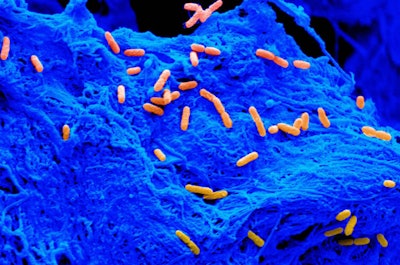 Individual P. aeruginosa cells (orange) on the surface of a collagen scaffold (blue). Image courtesy of Marley Dewey, University of Illinois Urbana-Champaign.
Individual P. aeruginosa cells (orange) on the surface of a collagen scaffold (blue). Image courtesy of Marley Dewey, University of Illinois Urbana-Champaign."This work demonstrated that soaking mineralized collagen scaffolds in 5 v/v% manuka honey could increase the ability of these scaffolds to produce minerals and promote osteogenesis," the authors wrote.
Next, the researchers tested whether the growth of P. aeruginosa and S. aureus is inhibited by manuka honey. They soaked paper discs in honey and added them to bacterial lawns. According to the findings, the honey-soaked scaffolds were unable to prevent bacterial growth, even though the bacteria were not able to attach to these surfaces.
"It was striking that we needed ten times the amount of antibiotics to kill the bacteria, and some still survived," Marley Dewey, a former graduate student in Harley's lab and the first author of the paper, said in a news release from the university. "It's possible that it is easy to kill the bacteria when metal implants are used. However, our collagen scaffolds seem to offer a protective environment for bacteria, creating a big problem."
Further research is warranted, Dewey said. Ultimately, Dewey hopes to establish her own lab, where she will continue researching how biomaterials can be used to prevent infection.
"I want to create models that other people can use for implant infection. I'm also interested in understanding how bacteria interact with cells in the scaffolds and why they are so resistant to antibiotics in a scaffold structure," Dewey added.




